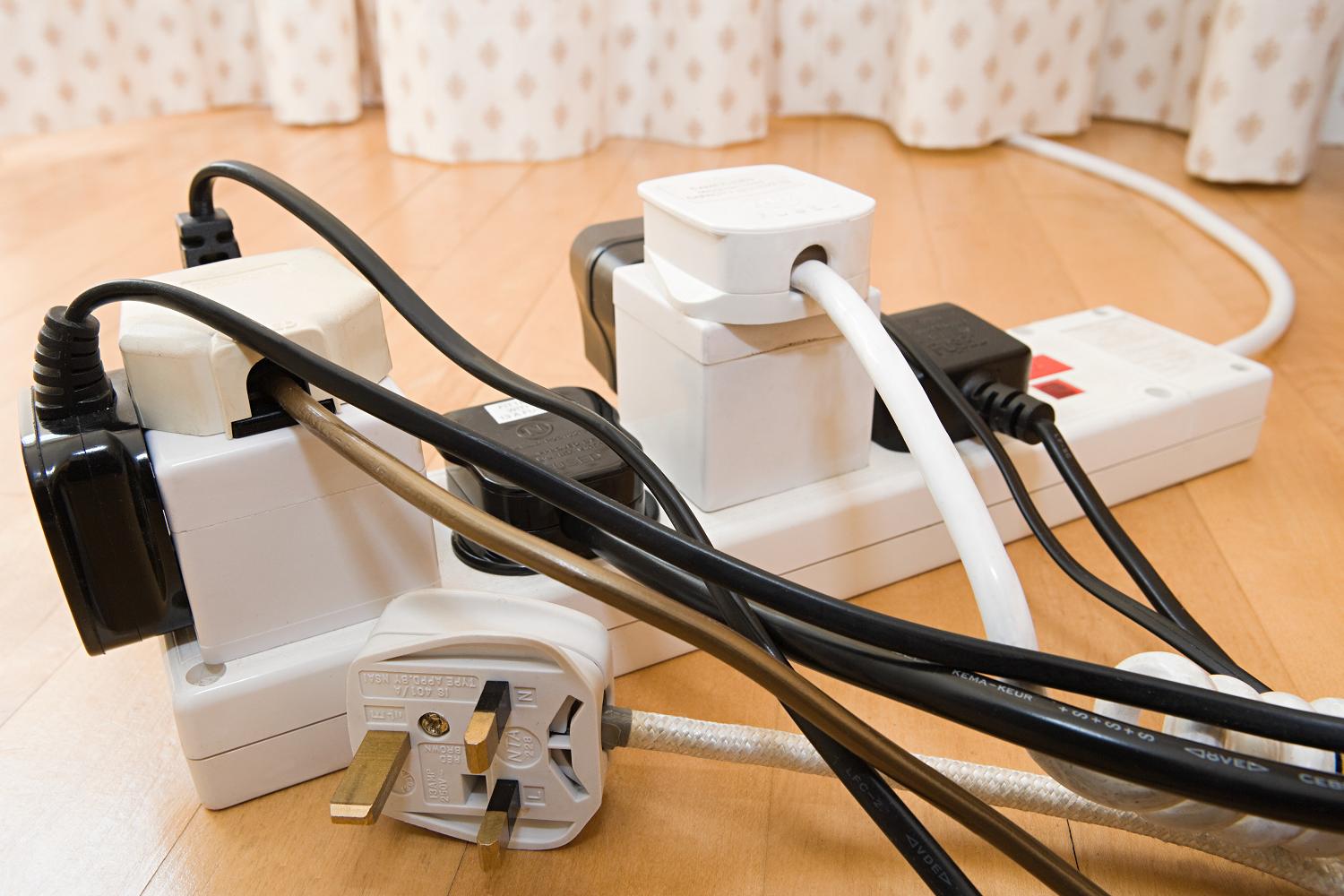Standby often costs you more money and electricity than the actual use of the device in operation. We show you brazen electricity sinners, give you sad facts and figures – and provide helpful standby tips. So, you always have enough energy for online casino slots.
Please don’t misunderstand, of course, you should always turn off the lights behind you. But every household wastes as much energy in standby mode as five energy-saving lamps consume in continuous use. We would never leave the five lamps burning day and night for a whole year, but switch them off very quickly.
So why not also switch off the standby mode, which is not called “apparent off mode” in official German for nothing? With many devices, it already helps to pull the plug …
OUR RECOMMENDATIONS
1. the biggest electricity scrounger: the stereo system
35 euros a year for standby: the stereo tops even TVs and computers with horrendous power consumption in standby mode. Mini hi-fi systems are not much better. Here, too, you pay 25 euros every year for the system to be ready at the push of a button. Now think about how often you really use the stereo – about two hours a week?
That means: The stereo consumes more electricity per year in standby mode than in operation!
So it’s best to plug in your stereo only when you want to listen to music.
2. expensive fun: this is how much standby costs every year
Now come the promised bare numbers, and they’ll surprise you: Depending on the number and type of devices, the “idle” mode of devices in a three-person household can account for up to 20 per cent of electricity costs. So every year, at least 100 euros in electricity costs are incurred just because of standby mode. In Germany, “idle losses” in private households and offices are responsible for electricity consumption of at least 22 billion kWh per year (UBA). By completely abandoning standby mode, a single-family home could save up to 360-kilowatt hours (kWh) and at least 115 euros per year and avoid 170 kg of CO2, co2online calculates.
By the way: Computers, game consoles and other consumer electronics in particular are real power guzzlers in standby mode. It’s better to switch them off when you’re not using them. Routers, repeaters and landline telephones can also be switched off without hesitation when they are not in use. Many routers consume as much electricity as an economical refrigerator. Continuous operation can quickly add up to 40 euros a year. With rising electricity prices, of course, this figure will increase accordingly.
3 TV on standby: harmless or an energy guzzler?
Televisions used to be big power guzzlers – even in standby mode. The flickering box waited all the time for a signal from the remote control.
In the meantime, however, manufacturers have made improvements: New televisions consume a maximum of half a watt in standby mode. Calculated over a year, that’s about one euro. So the new TVs only consume a lot of power when they are actually in operation.
But don’t get carried away, because there’s a big catch: If you have a DVB-T receiver or recorder, it consumes about as much power in standby mode as the TV used to. Therefore, the same applies here: Unplug it.
4. standby: Will there soon be an EU regulation?
This revolutionary regulation on standby power waste shows you that the EU doesn’t just care about crooked cucumbers: Since 2014, new household appliances and all consumer electronics may not consume more than one to two watts in standby. If the device is switched off for a longer period of time, power consumption must even drop to less than one watt.
There is also an EU regulation for computers or accessories that forces all manufacturers to reduce power consumption to half a watt when devices are switched off. However, manufacturers often play tricks and introduce their own sleep mode. Some devices, on the other hand, don’t have an “off” switch at all. So the best regulation is of no help.
So don’t buy anything that doesn’t have a real “off” switch – whether it’s a TV, a stereo system or an external hard drive.
5. treacherous: appliances that are always in operation
The washing machine consumes electricity even though it’s not washing? Yes, unfortunately – because it’s waiting for you to flip the switch from “off” to one of the washing programs at some point.
In the same way, many other household appliances are in standby mode that you may not even have known had a standby mode. You can guess that about the DVD player, but even the smartphone charger consumes power continuously when it’s plugged in.
The same applies to Amazon Echo, Google Home and similar devices with voice control: They all have to “listen” continuously and perform voice recognition, usually with a network connection. Accordingly, they burn between 2 and 7 watts – day and night, throughout the entire week. Actually, we shouldn’t even use such wasteful devices anymore – or, if we do use such power guzzlers, then we should at least switch to green electricity for the sake of climate protection.
Standby
If you leave smartphone chargers plugged in all the time, you’ll pay about 50 euros a year for four power packs.
Depending on the estimate and type, chargers cost you up to 50 euros per year (UBA) without charging your cell phone even once. The higher the electricity price, the higher the hidden costs. Another example? Intercoms and doorbells are always under power. In standby mode, they consume the power of a small power plant (45 MW) every year.
If you would like your article/opinion to be published on Uganda’s most authoritative news platform, send your submission on: [email protected]. You can also follow DailyExpress on WhatsApp and on Twitter (X) for realtime updates.



